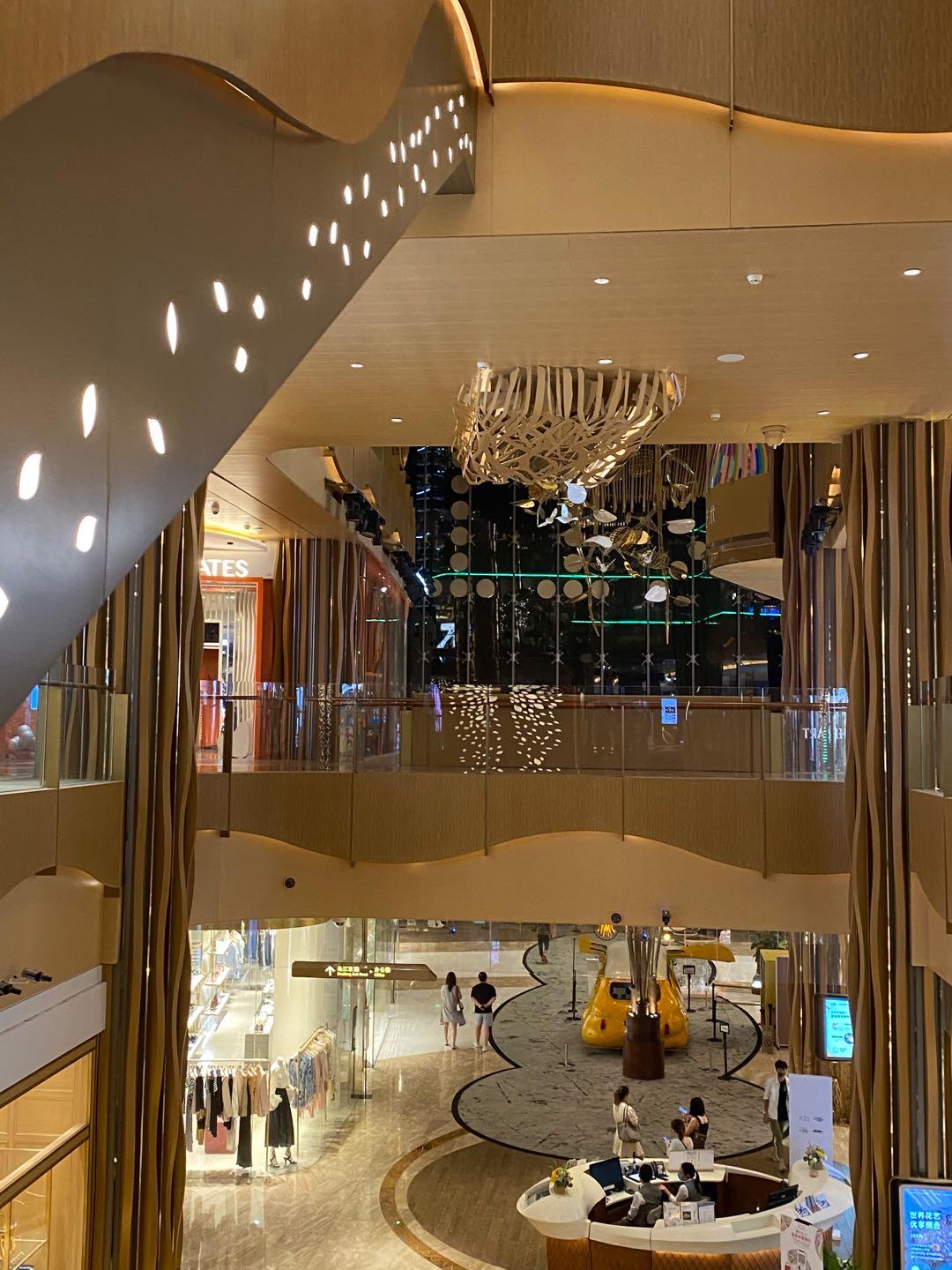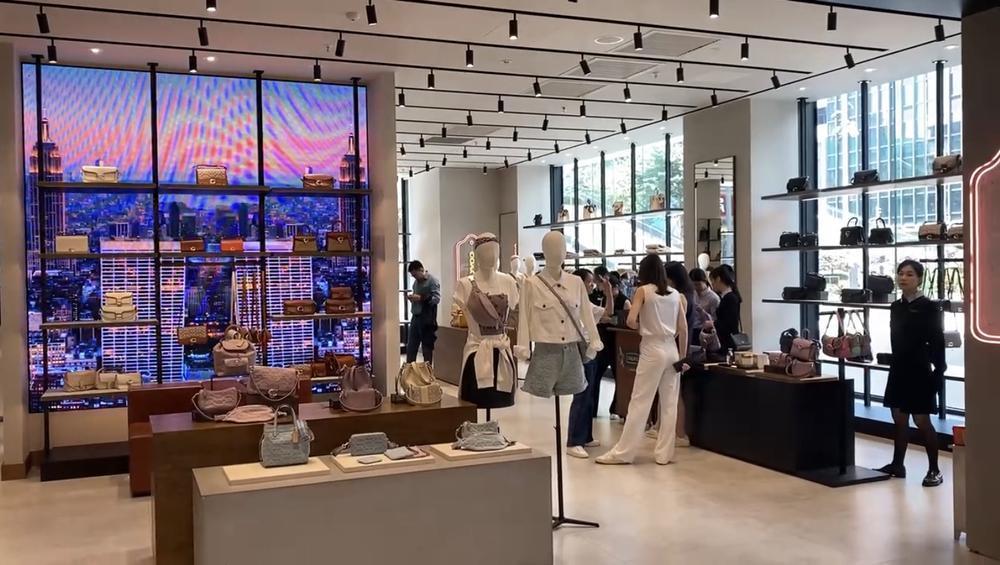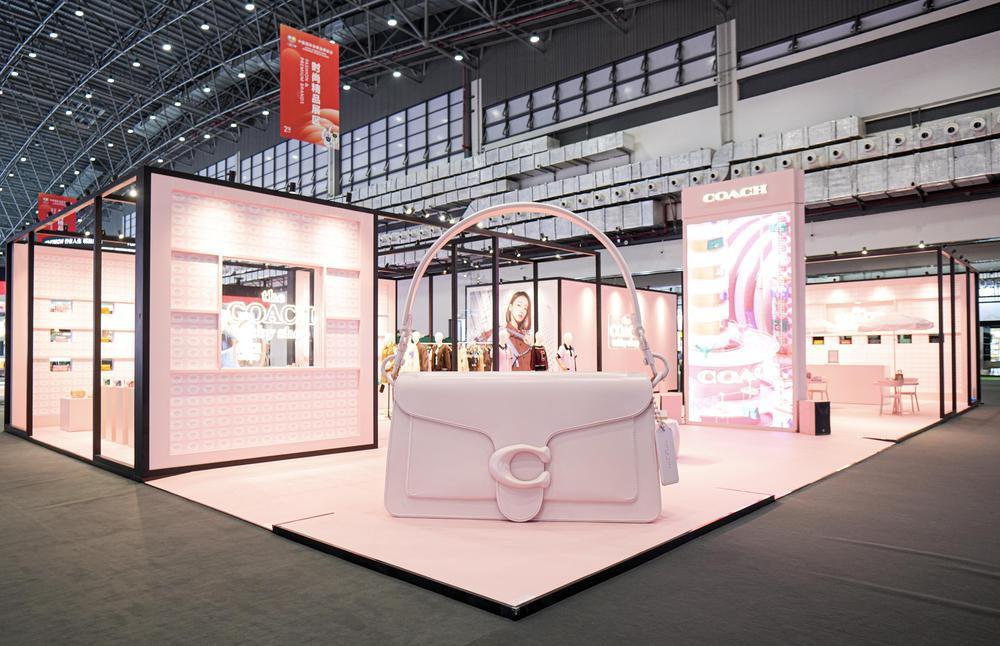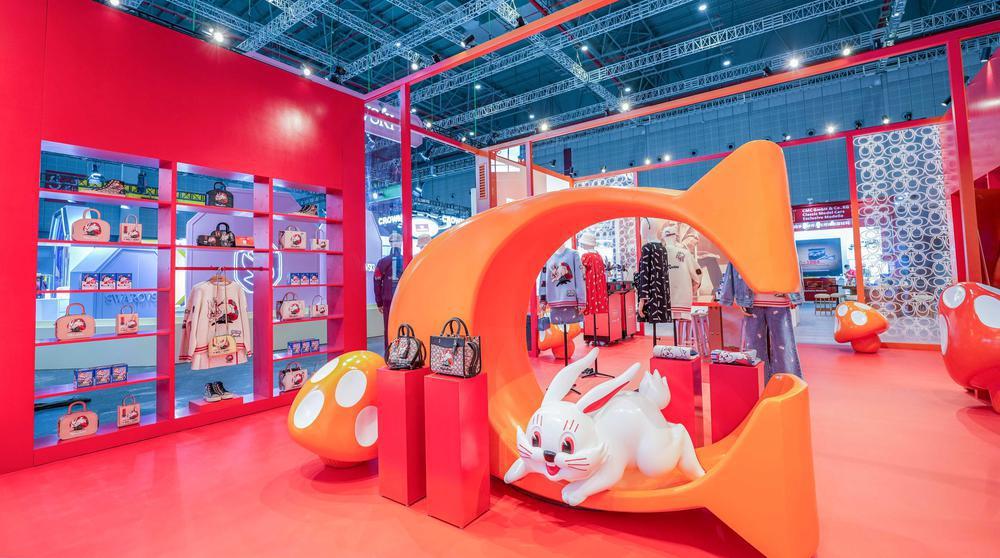Tapestry, a New York conglomerate of fashion luxury accessories and lifestyle, boats three famous brands under its umbrella—COACH, Kate spade and Stuart Weitzman—with a long operation in China covering over 90 cities across the country.

At the end of June 2023, Yann Bozec, President of Tapestry Asia Pacific who had just arrived in Shenzhen for a store tour, was once again captivated by the colorful lights and seething crowds on the streets.
"The vitality here has grown day by day over 40 years," Yann Bozac said, "For changes in every moment, we keep a close eye on the Guangdong market."
Immense potential in Chinese market
In April 2019, a report "China Luxury Report 2019" revealed by the famous consulting company McKinsey opened with the statement that "a new generation of Chinese consumers are powering the global luxury market".

According to the "China Integrated City Index", the scale of the global personal luxury market had tripled the 2000 level by 2022, among which China contributed to great growth dividend. In 2019, China has taken up 33% of the share in the personal luxury market globally, with a predicted 40% share by 2030.
Savills, the world's leading real estate service provider, revealed in its latest expectation on global luxury retails that newly-opened luxury stores witnessed an increase of 11% last year, 41% of which were located in China, making the country the first choice.
"We are unwavering to welcome China's market at first," Yaan said.
Localized cooperation helps to fuel cultural exchanges
According to the survey data from BCG2021, luxury consumers born in 1980 to 1990, 1990 to 1995, and 1995 to 2000 accounted for 43%, 31%, and 19% respectively, over 50% of which were born in the 1990s, emergIng as the market's maIn force.

Yann also added that an IncreasIng number of young ChInese luxury spenders were optIng for domestic products, signifying a shift In luxury consumption from materials to local culture.

In response to the rise of local brands, Tapestry follows to embrace Chinese culture. For instance, one of Tapestry's brands COACH joined hands with a local time-honored brand White Rabbit under Bright Food Group during the last China International Import Expo (CIIE). For Yann, such localized cooperation serves as a strategic opportunity and also a bridge to enable spenders to learn stories behind two brands by breaking through the cultural barriers between the East and the West.
The GBA enjoys the "magnetic force" of Infinity
Yann also mentioned that The consumer market in Guangdong enjoys a large scale and also a congregation of young spenders, which is the core "magnetic force" for attracting brands here.
"As a frontier of the reform and opening up, the GBA has made great achievements, thanks to a favourable business environment, effective digital governance and gathered open factors. All these have built up the confidence of foreign investors in Guangdong." Yann said.
外眼点“经” | 泰佩思琦集团亚太区总裁Yann Bozec:广东市场的活力与日俱增
泰佩思琦集团是来自纽约的现代奢华配饰及生活方式类品牌集团,旗下的三大品牌蔻驰(COACH)、凯特丝蓓(kate spade)和思缇韦曼(Stuart Weitzman)在中国已经发展多年,旗下品牌在中国地区已覆盖超90个城市。
6月底,刚刚抵达深圳巡店的泰佩思琦(Tapestry)集团亚太区总裁Yann Bozec(杨葆焱)又一次被街头跃动的灯光和川流不息的人群震撼。
“40多年了,这里的活力与日俱增。”他不禁感慨道,“在这里,变化发生在每时每刻,这也是我们为何对广东市场保持密切关注的原因。”
中国消费市场潜力巨大
2019年4月,麦肯锡发布《中国奢侈品报告2019》,报告开篇如此写道:“得中国者得奢侈品天下。”
《中国城市综合发展指标》显示,到2022年,全球个人奢侈品市场规模达到了2000年的3倍。其中,中国发展带来的红利尤为突出。2019年,中国在全球个人奢侈品市场的占比达到33%,预计到2030年,中国占比份额有可能达到40%。
第一太平戴维斯(Savills)发布的最新全球奢侈品零售展望显示,去年全年新开的奢侈品店数量增加了11%,其中有41%的新店位于中国市场,排名第一。
“拥抱中国市场,是我们坚定不移的第一选择。”Yann说。
本地化合作助推文化交流
BCG2021年调研数据显示,奢侈品市场消费人群中,80-90年出生的、90-95年出生的、95-00年出生的消费者占比分别为43%、31%和19%。其中,“90后”消费者占比已经超过了50%,成为了奢侈品市场的“主力军”。
Yann向记者说道,现在越来越多的中国年轻消费者会选择购买国货,这背后代表着消费者对于奢侈品的消费已经从一种物质消费转为文化消费。
面对本土品牌的崛起,泰佩思琦也选择了拥抱本土文化。去年进博会期间,泰佩思琦旗下品牌COACH与光明集团旗下老字号本土品牌“大白兔”跨界联名。在Yann看来,这种本地化的合作是一种战略性机会,也是一座沟通的桥梁,让消费者有机会在这样的产品合作碰撞中,突破东西方文化的壁垒,同时了解两个不同品牌的故事。
粤港澳大湾区“磁力”无限
他向记者谈到,广东消费市场规模巨大,同时还聚集着众多年轻消费者,而这恰恰是吸引许多品牌前来这里的核心“磁铁”。
“作为改革开放的前沿阵地,粤港澳大湾区如今结下的硕果数不尽数。而这些成就的来源,是广东优质的营商环境,高效的数字政府和集聚的开放要素,这些都有力地增强了外资企业在粤投资的信心。”Yann说。
文、图|羊城晚报全媒体记者 孙绮曼 孙晶 李志文
翻译|陈萱
责编|王瑜瑛
校对|赵丹丹









